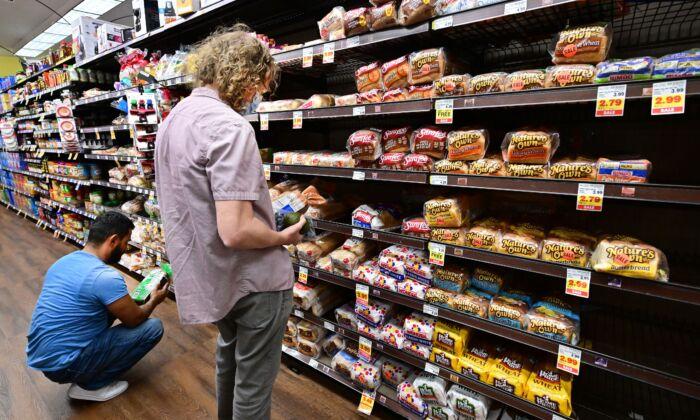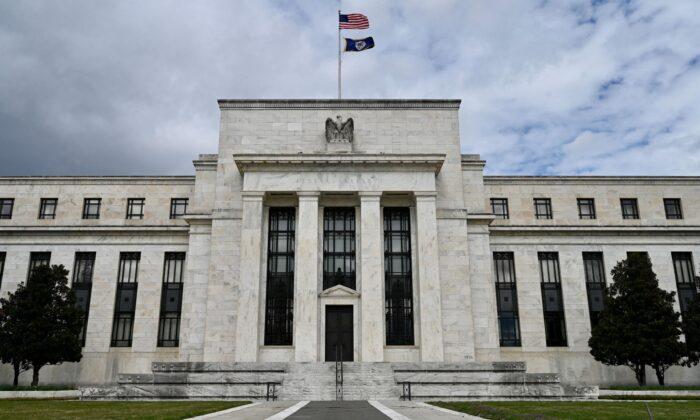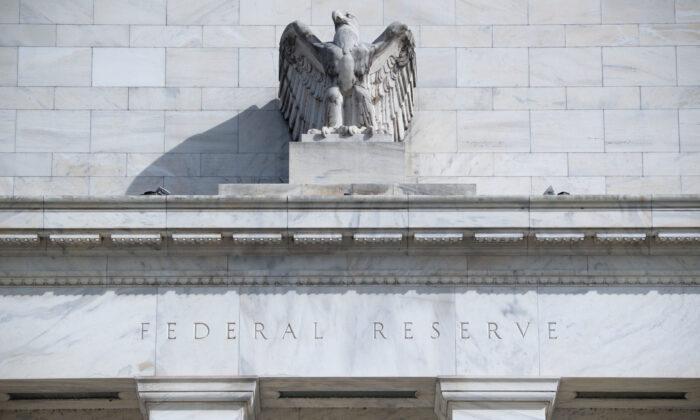I recently discussed the recession signals from the National Federation Of Independent Business (NFIB) and the inverted yield curve.
“As in 2019, we see many of the same recession signals from the NFIB survey again combined with a high percentage of yield curve inversions. Notably, out of the ten yield spreads we track, which are the most sensitive to economic outcomes, 90% are inverted.”

As noted, many analysts suggest the economy may have a “soft landing.” Or, rather, avoid a recession, primarily due to the continued strength in the monthly employment reports. While those employment reports remain strong, the rapid decline in growth has been a recession signal in and of itself. As I stated earlier, the trend of the data is far more important than the monthly number.

Employment is a critical factor in the recession equation because the U.S. economy comprises roughly 68 percent of personal consumption expenditures. In other words, what individuals buy and use daily drives economic activity. It is also the bulk of revenue and earnings growth for corporations.

The massive drawdown in savings and rise in credit card debt supported the consumption surge in the U.S. economy. However, since the turn of the century, consumption slowed along with economic growth.

A particular recession signal comes from the massive surge in savings due to the “stimulus checks.”
That boost has fully reversed as consumers struggle to pay bills. Currently, nearly 40 percent of Americans are having trouble paying bills, and almost 57 percent of Americans couldn’t pay a $1000 emergency bill from savings.
Such is not surprising considering the current gap between the inflation-adjusted cost of living and the spread between incomes and savings. It currently requires more than $7500 of debt annually to fill the “gap.”

This is why a high percent of middle-income families are struggling with the impact of inflation.
The Recession Signal From Credit Cards
The “recession” signal from consumers should certainly not be dismissed given their contribution to economic growth. However, the risk of deeper recession increases as the Federal Reserve continues to hike interest rates.Credit cards are no longer just for luxury items and travel. For many Americans, credit cards are now the difference between buying food and gasoline and not. Notably, as shown above, since 2000, consumption has flatlined as a percent of economic growth. However, credit card loans have continued to rise to support the standard of living.

As consumers demand larger houses, luxury goods, cars, travel, and entertainment, real incomes have failed to keep up with demand. With near-zero interest rates, consumers leveraged themselves on the back of cheap debt, particularly since the financial crisis. However, as the Fed continues its aggressive rate hiking campaign, those short-term rates feed through to variable rate debt, such as credit cards. This is why a recession signal we should pay attention to is the sharp spike in credit card payments, which further diverts savings and wages from consumptive spending to debt service.

Of course, when it comes to the economy, bad economic outcomes always start with the consumer.
“Social programs don’t increase prosperity over time. Yes, sending checks to households will increase economic prosperity and cut poverty for 12-months. However, next year, when the checks end, the poverty levels will return to normal, and worse, due to increased inflation.
“In a rush to help those in need, economic basics are nearly always forgotten. If I increase incomes by $1000/month, prices of goods and services will adjust to the increased demand. As noted above, the economy will quickly absorb the increased incomes returning the poor to the previous position.”
Recession Coming In 2023
While the market is defiant that the Federal Reserve will engineer a “soft landing,“ The Federal Reserve has never entered into a rate hiking campaign with a ”positive outcome.” Instead, every previous adventure to control economic outcomes by the Federal Reserve has resulted in a recession, bear market, or some “event” that required a reversal of monetary policy. Or, rather, a “hard landing.”
Given the steepness of the current campaign, it is unlikely that the economy will remain unscathed as savings rates drop markedly. More importantly, the rate increase directly impacts households dependent on credit card debt to make ends meet.
The whole point of the Fed hiking rates is to slow economic growth, thereby reducing inflation. As such, the risk of a recession rises as higher rates curtail economic activity. Unfortunately, with the economy slowing, additional tightening could exacerbate the risk of a recession.
The media and the White House have proclaimed victory by stating the first two quarters of 2022 were not a recession but only an economic slowdown. However, given the lag effect of changes to the money supply and higher interest rates, indicators are pretty clear that recession risk is very probable in 2023.
The consumer is likely to be the biggest loser.




